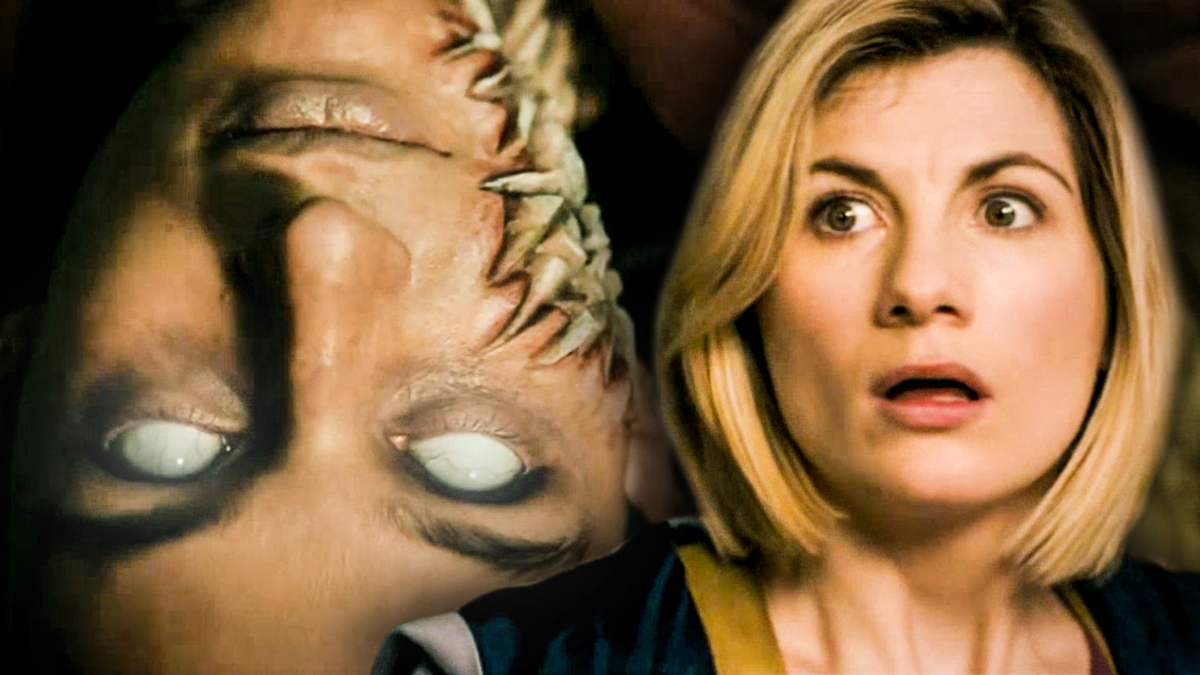Doctor Who Series 12: Ten Huge Questions After Praxeus
All the major talking points after the Doctor's around-the-world adventure Praxeus.

After the shock revelations of Fugitive of the Judoon, Doctor Who returned as if nothing had changed with another Earth-bound morality tale about the environment. Warnings about pollution aside (thankfully less preachy than the clumsy Orphan 55), this was a love-letter to the planet and its diverse cultures.
Rarely has the series looked this good. From the exquisite Madagascan beach to the bottom of the Indian Ocean, and from a Manchester bar to the streets of Hong Kong, every set was lovingly created and beautifully shot.
If anything, this was a story with a scale far too ambitious for a 50 minute drama. Not that time wasn’t allowed for quieter moments, including touching scenes between Ryan and Gabriela and Graham and Jake, it’s just that with all the rushing about, it was hard to be invested in the new characters, or to particularly care about their fate.
It might be science-fiction and fantasy, but looking after our world by taking ownership of its past, care of its present, and responsibility for its future, is a core message in Doctor Who. Most of us agree with those values and aspirations, but we need characters we can empathise with otherwise those lessons lack authenticity and power.
Instead of focusing solely on the truths behind the fiction, we were left unsure of much of what had happened on-screen, worried we might not have been paying attention. Here’s just some of our questions.
10. How Much Of The Story Was Based On Fact?

At the heart of Praxeus lies a warning about the need to
protect our environment. Microplastics are not the stuff of science-fiction,
they are a modern pollutant that are filling our oceans and our lungs. Their
effects remain unclear, but their sheer prevalence is of huge concern.
From 5 millimetres to less than 1,000 nanometres, these tiny plastic particles are being unwittingly ingested by humans on a daily basis, through dust particles, through contaminated food and drink such as shellfish and bottled water, and through microbeads that despite multiple bans are still being used in some cosmetic products.
It is also true that there are a number of floating masses of waste in our oceans, including the one in the Indian Ocean that features in the episode, and another three times the size of France known as the Great Pacific Garbage Patch. Around 8% of the gyres are made up of microplastics. They can’t be good for us or for the planet and the onus is on us to make lifestyle changes that will help to reduce waste.
So whilst Praxeus, by sheer coincidence has a topical feel thanks to the recent outbreak of the coronavirus, the fears it raises surrounding plastic are the ones to take note of.
